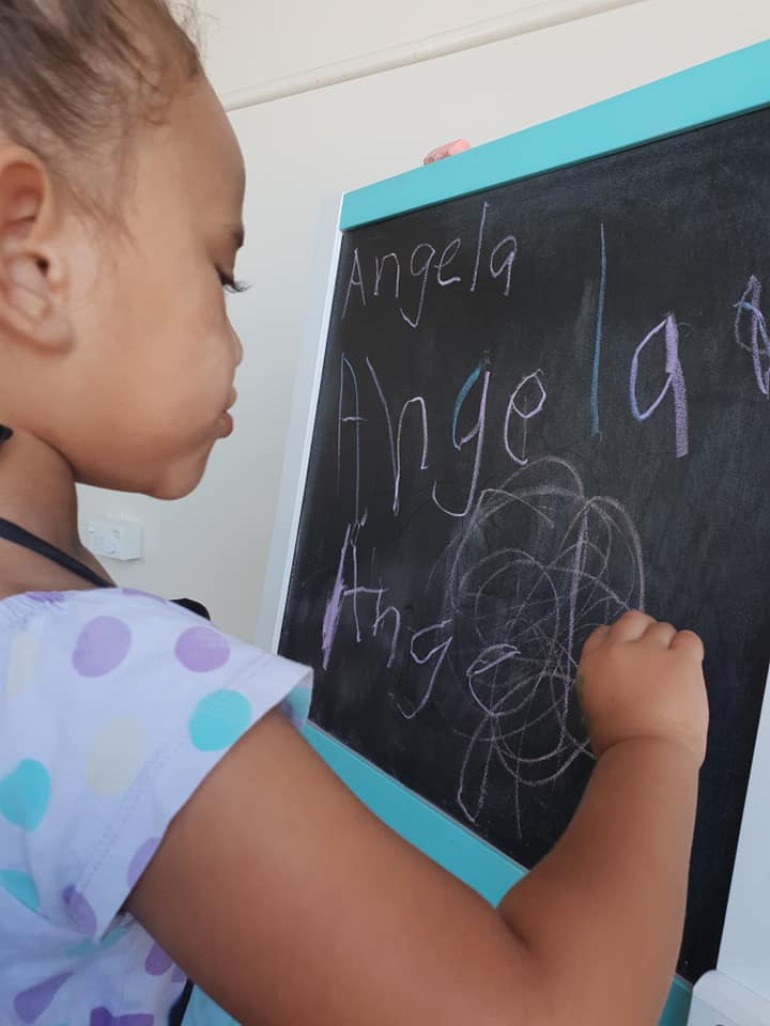News And Events

Pre-writing Shapes
17 May 2019You may have seen children make “marks” on paper using crayons, pens or paints, such as simple dots, lines or circles. These are known as pre-writing shapes and these shapes combined make up the majority of the letters of the English alphabet. When children draw their pre-writing shapes, this can show us that the child is starting to understand writing is a form of communication and that their marks on the paper convey a message. As children develop and start to learn to write their name, they may memorize the letters of their name, although they are starting to understand that each letter also represents a sound in their name.
Young children use their hands to explore and learn about the environment and themselves, and at the same time are building the muscles necessary for writing at an older age. We can support children with a variety of games and activities that can assist with muscle development in their fingers, hands and arms so that when ready, they can manipulate a pencil or pen.
Activities such as playing with Duplo or Lego encourages the use of fingers and by placing these blocks on a small table where children can rest their forearms, encourages the use of just their fingers to manipulate the pieces. Having a whiteboard or blackboard for children to stand at to draw or place magnetic shapes and letters helps to strengthen the upper body and arms. Another simple activity is to have trays containing small items such as cotton balls, buttons, or milk bottle tops and then children use tongs to transfer the items from one tray to another.
Good sensory information is important for developing hand skills, as it tells our brain what we feel, how we move and where our hands are as we complete a task. Games that promote hand-eye coordination such as rolling, throwing and catching balls is not only fun but building skills. Playing “Simon Says” and using directional instructions such as up/down, back/front and singing action songs such as “Wheels on the Bus” also promote coordination.


